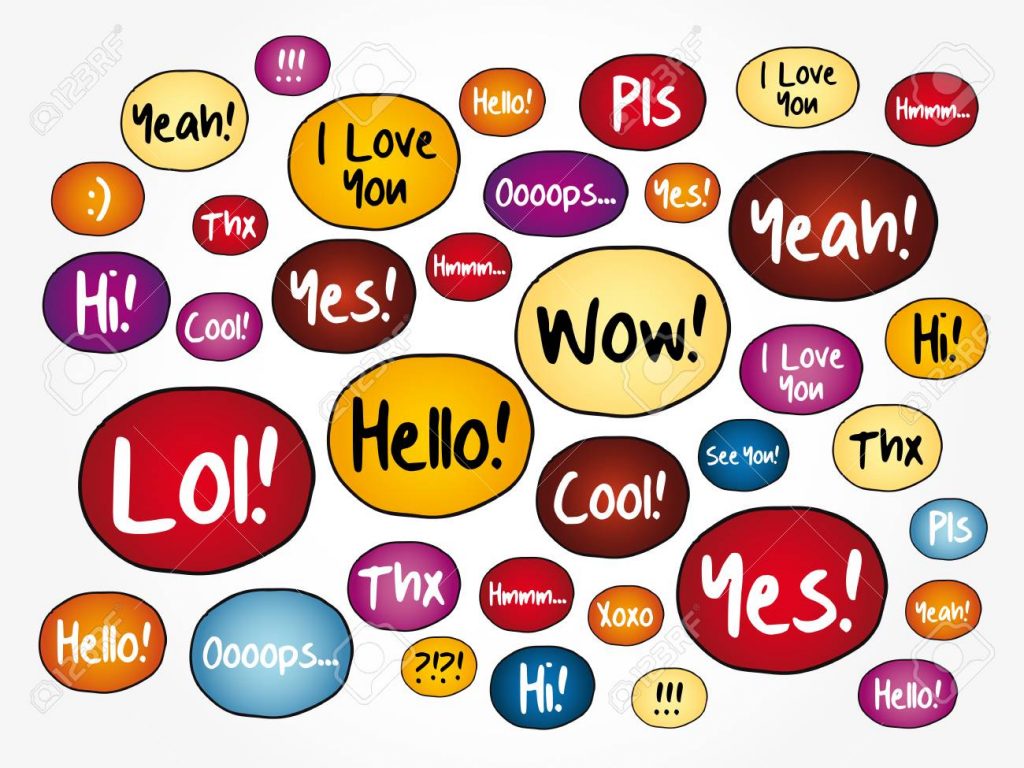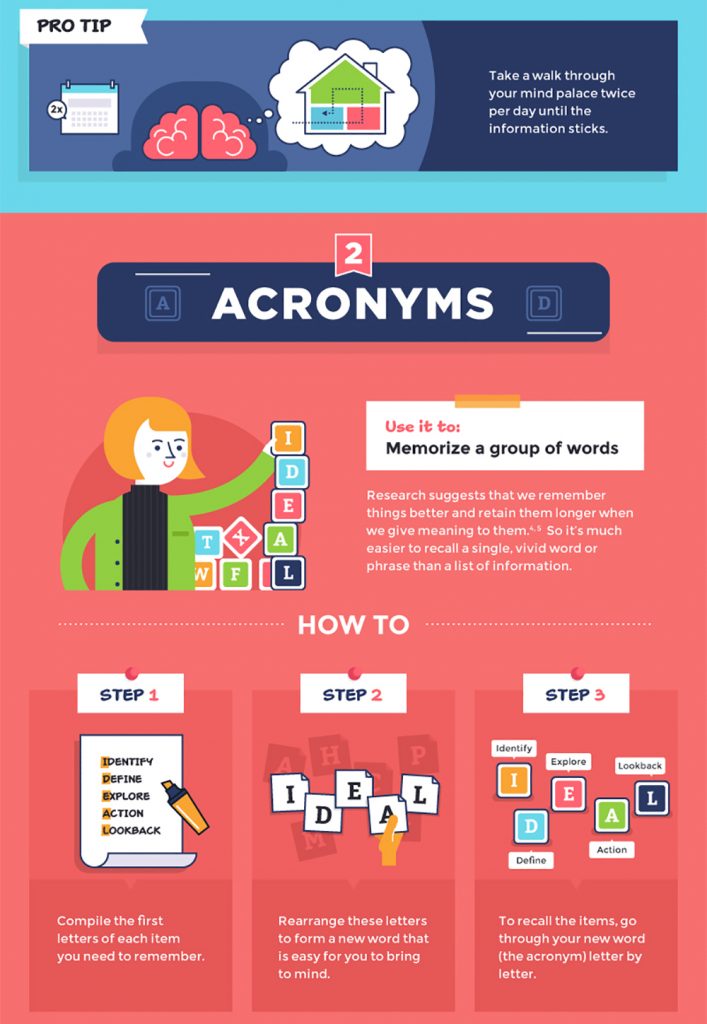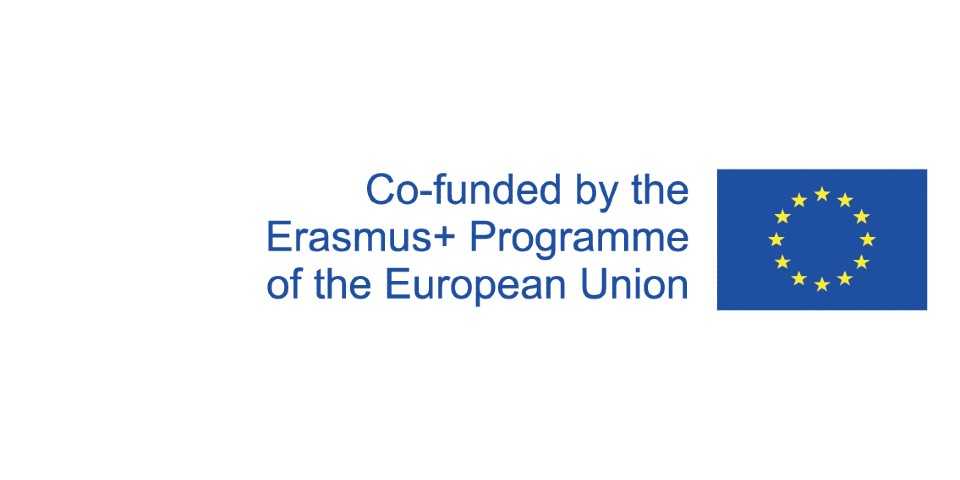
Acronyms seem to be EVERYWHERE! Are you aware how much you use them in conversations or in online chats? Take the classic ‘lol’ (laugh out loud) or ‘gr8’ (great) or ‘asap’ (as soon as possible) or ‘gtg’ (got to go) or ‘brb’ (be right back) or even ‘btw’ (by the way) to name a few.
Then transfer these short-cuts of made-up language from real life to school life. Use acronyms to study better and faster! Acronyms are a powerful memory tool. You can use them to remember different sets of things. You can use this memory tool remember almost any list of things. For example, you can use it to remember things and make connections to memorize names of organizations, plants, mathematics equations and much more.
So What Is an Acronym?
An acronym is a system of combining the first letter (or initial letters) of a list of words to form a word or sentence. For example, WHO is an acronym for the World Health Organization. You can just use your memory to remember a tedious list of items or date but it is better to create a connection between what you are learning and a life experience or another memory. This is because it is easier to remember things that interest us or are memorable in some way. We are more likely to remember things if they are silly or funny or to which we have a connection or attachment.
Usually acronyms are formed from the first letter of a list of words. In that way you will be forming a “word” which can be a word from our usage or maybe a made-up word. Once you remember the acronym, then each of the letters will serve as a prompt for the whole word and that can even prompt you to a definition. Here is an example!
H-O-M-E-S – could prompt you to the list of the Great Lakes in America, Huron, Ontario, Michigan, Eire and Superior.
You can even make an acronym out of A-C-R-O-N-Y-M and get the actual definition of this memory tool:
Alphabetically Coded Reminder of Names You Misremember 🙂
If you like the idea this memory tool, you can explore more helpful techniques on this LINK



